Part of what we love about our dogs is that each has their own unique personality. Some big dogs have gentle spirits and lapdog mentalities and some small dogs have larger-than-life attitudes (and the bark to match).
And, when it comes to teaching your dog to walk properly on a leash, some would just rather not participate, especially those that are easily frightened or distracted. One collar in particular, the martingale dog collar, helps solve these issues by keeping your beastie of any size safely on a leash without choking them.
If you aren't sure what a martingale collar is or how to use one, we'll explain everything you need to know, plus, whether or not this type of collar is right for your pup.
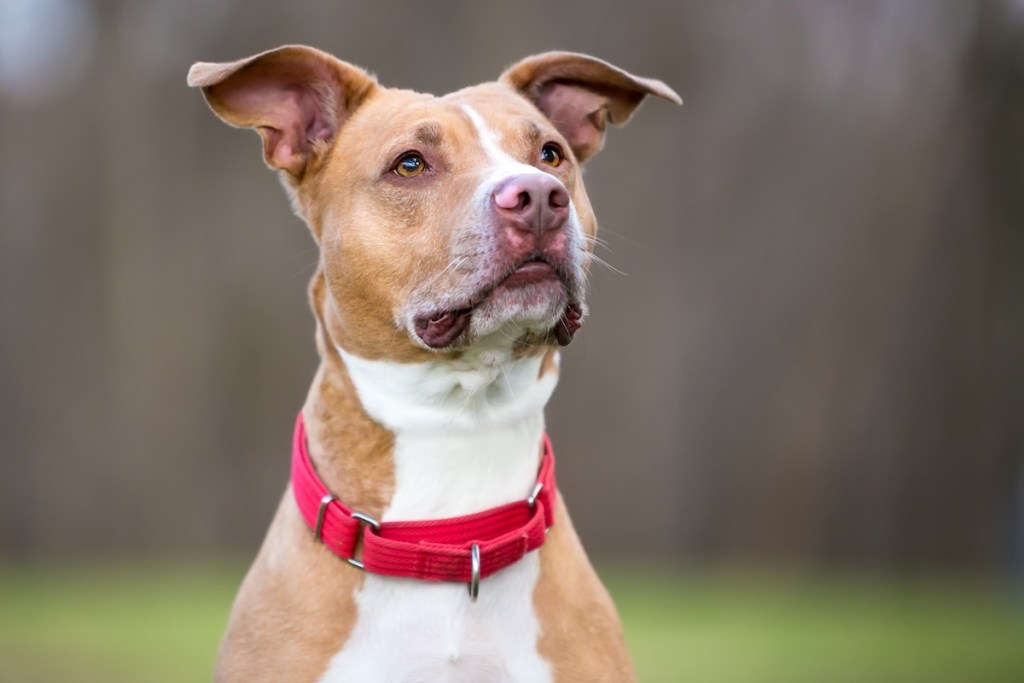
What is a martingale dog collar?
Also known as a no-slip collar, a martingale collar works by constricting when a dog pulls against it. This helps when a dog tries to back out of their collars or pulls on the leash.
Martingale dog collars were first used by owners of hunting dogs like whippets and greyhounds that have necks larger than their heads. The unique two-loop construction keeps the dog from backing out of their collar. The larger loop slips over the dog’s head; the smaller loop attaches to the leash and constricts when it feels tension. When there is no tension on the small loop, the collar fits comfortably around the dog’s neck.
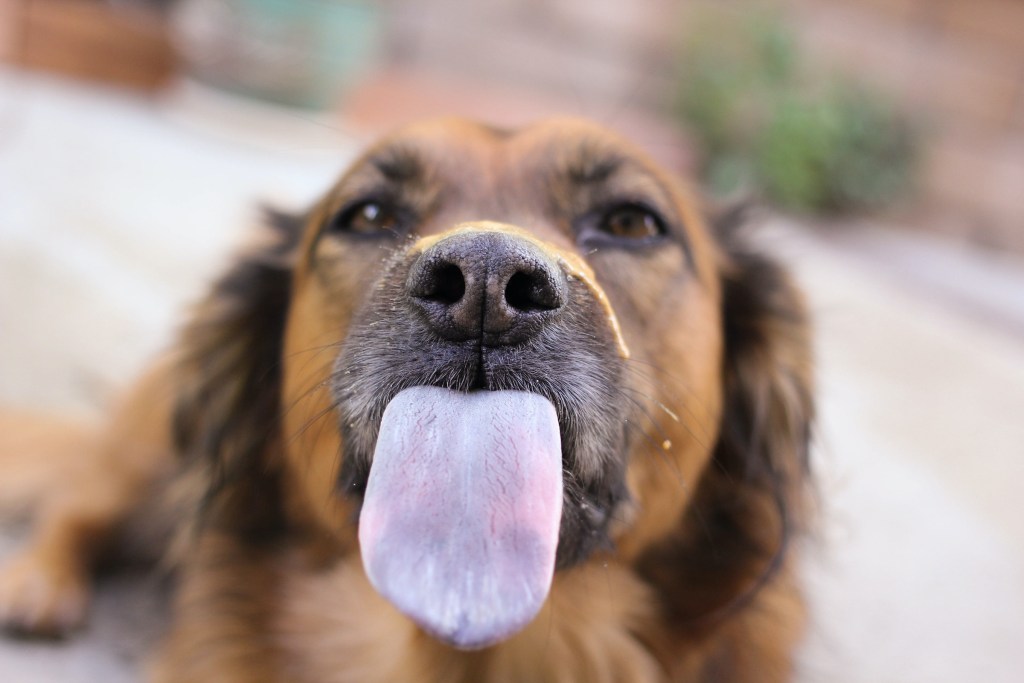
Is a martingale dog collar the same as a choke collar?
The short answer is absolutely not. The longer answer has to do with the construction of a martingale collar, which has very little in common with a traditional chain choke collar. Unlike inhumane metal choke collars, which can constrict around your dog’s neck tight enough to cause pain, martingale collars can only tighten enough to prevent your dog from slipping out of it.
They’re also made primarily of fabric, so even when the collar constricts, it won’t dig into your dog’s neck with enough force to cause any harm. Ensuring a proper fit with a martingale collar will keep your dog secure without allowing the collar to tighten past the size of your dog’s neck, which makes for a comfortable wearing experience.
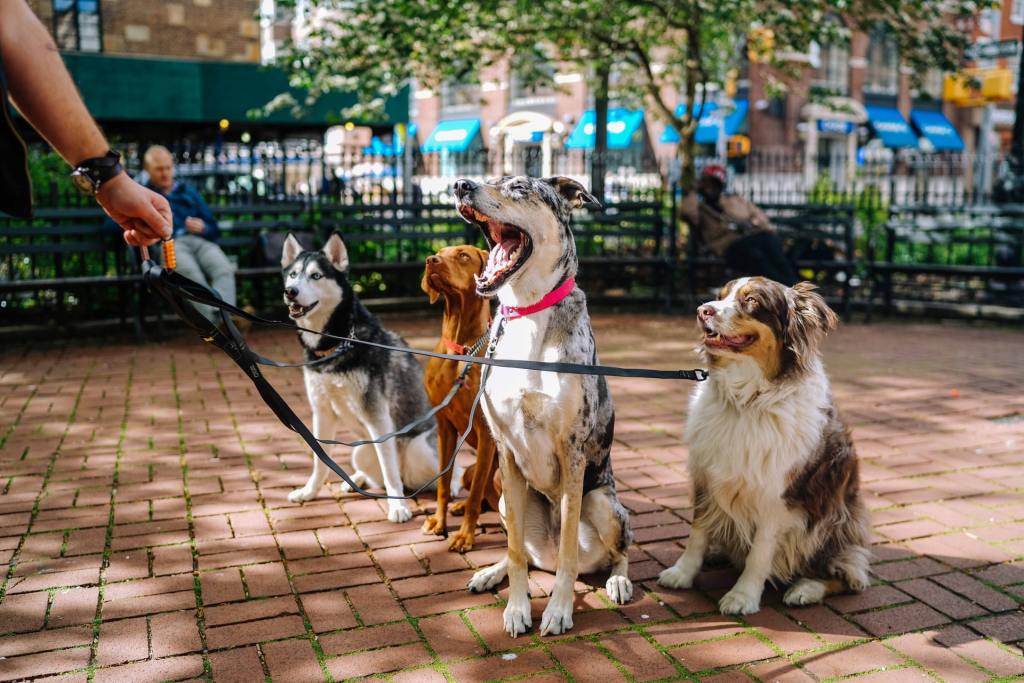
Which dogs should use a martingale collar?
The unique design was created for owners of sighthounds, like greyhounds, whippets, and salukis, which were bred to hunt using their sight and speed.
Since their invention, martingale collars have become popular with owners of all dog breeds. While the martingale collar isn’t a substitute for a regular flat collar, your dog may benefit from wearing one if they are:
Escape artist dogs: If your dog is a little too smart and uses every opportunity to escape by backing out of their necklace, try using a martingale collar when you put him on a leash. Martingale collars can be used in addition to your dog’s flat collar to keep him from bolting to explore their surroundings.
Dogs that are extremely timid and shy: A martingale collar gives dog owners a special measure of security for pets that are timid or fearful, especially in unfamiliar situations. Because the collar’s unique design prevents choking, it’s a gentle way to safely prevent dogs from escaping their collar and running away.
New rescues: It’s not unusual for a new rescue to become frightened and disoriented in their new surroundings. Using a martingale collar with a leash while your new family member becomes familiar with their environment can help prevent accidental runaway situations.
Dogs in training: Many trainers like to use martingale collars when teaching good leash manners because it’s much more humane than a choke or spike collar. These collars tighten with just a tug, letting your pet know a different behavior is expected of them.
If you want to know more, you can check our guide on how to make a dog harness out of rope.
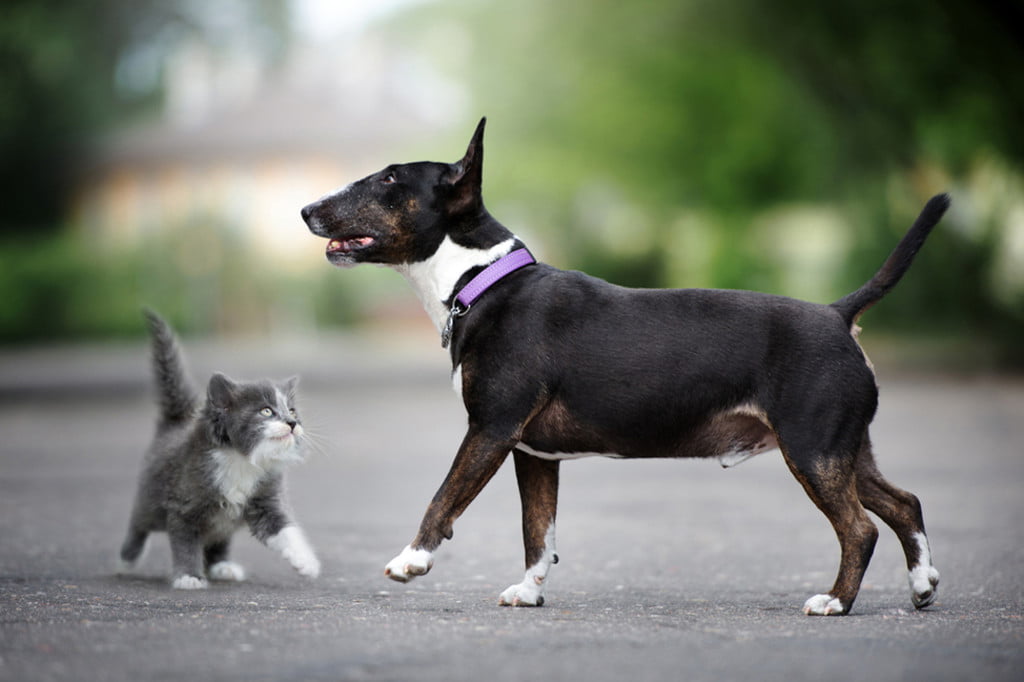
How to fit a martingale collar (slip-on)
A martingale collar should rest comfortably around the middle of your dog’s neck. They come in two different styles. This is how to use the one that slips over the head.
Step 1: Measure your dog's head.
You need to put your measuring tape to the largest part of the head and add then 2 inches (if you have a little dog, just add 1 inch).
Step 2: Measure the neck.
Measure the circumference at the middle of your pup's neck and add 2 inches (1 inch if your dog is small).
Step 3: Determine their size.
Take the bigger number from above (so if the head is larger use that one). Determine the size range of a slip-on collar to purchase according to the manufacturer. When in doubt, choose the larger size (and keep the receipt).
How to fit a martingale collar (buckle)
There's another type of martingale collar, one that has a buckle instead. Here's how one of these works.
Step 1: Measure the neck.
Put your tape measure at the circumference of your dog’s neck in the middle and add 2 to 2.5 inches.
Step 2: Find the right size.
Use that measurement to determine the size range of the collar you need. Remember to err on the size of the larger one and exchange it if you need to.
Step 3: Put the collar on.
Loosen the collar enough to slip it over your pup's head and then adjust it to fit correctly.
Step 4: Start with the rings.
Adjust the two metal rectangles so they are approximately 2 inches apart from each other.
Step 5: Adjust the D-rings.
Pull up on the D-ring of the smaller loop. If the metal rectangles touch, the collar needs to be tightened.
Step 6: Test it.
Make sure the collar is not too tight. You should be able to slip one or two fingers between the collar and your dog’s neck when there’s tension on the smaller loop.
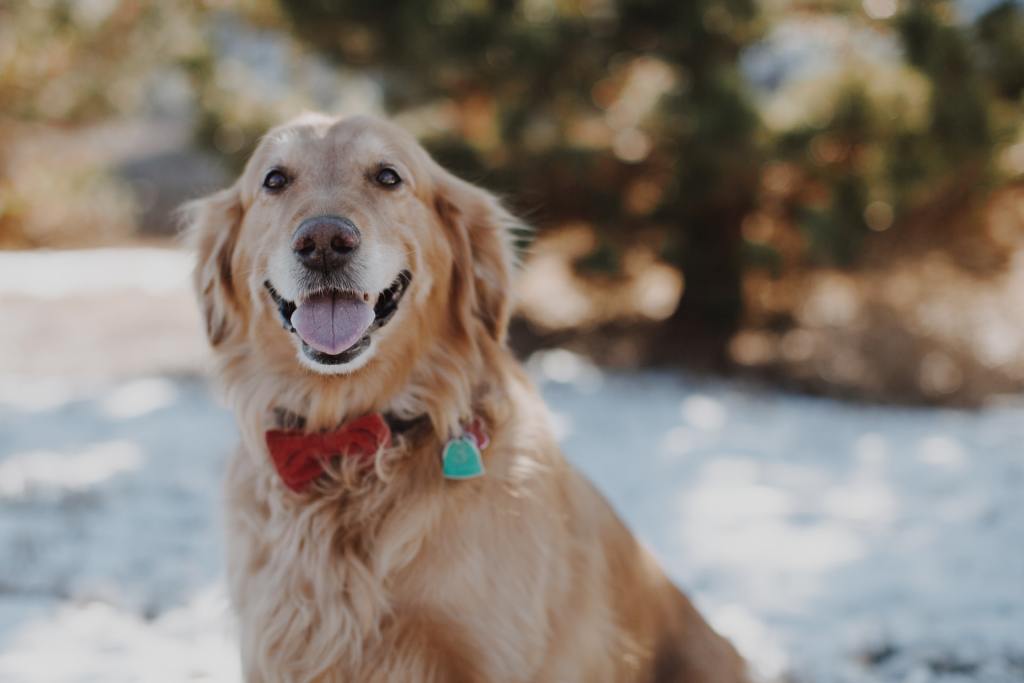
Use martingale dog collars sparingly and cautiously
Experts don’t recommend using a martingale collar for everyday use, especially if your dog is crated, because the small loop can get caught on objects, creating a choking hazard. Due to the tightening aspects of the smaller loop, a martingale collar isn’t suitable for attaching dog tags.
The collar also may not work for dogs that habitually pull on their leash. Some believe it makes a dog’s pulling habit even worse, which can damage the neck over time.
If you have more questions about martingale collars, consult your veterinarian or a dog trainer for recommendations. When used correctly, martingale collars are an effective resource to help you keep your canine companion safe and well-behaved.
Editors' Recommendations
- Are ‘dog years’ really 7 human years? How to calculate your dog’s age
- How to tell if your older dog’s health decline means the end is near
- Is your dog barking nonstop? Here’s how to get your noisy pup under control
- What is the best food for older dogs? These 6 vet-approved kibbles and canned foods won’t steer you wrong
- How much water should your puppy drink in a day? Here are the factors to consider


